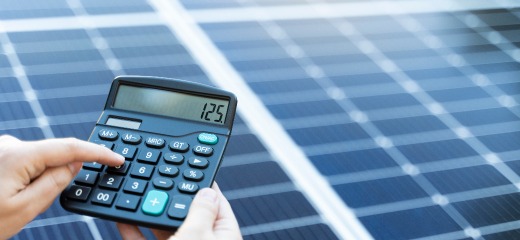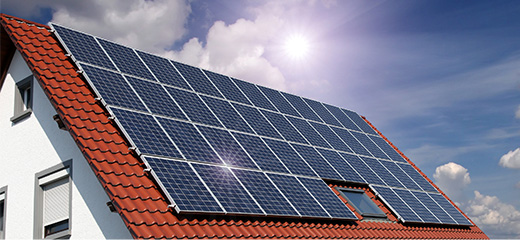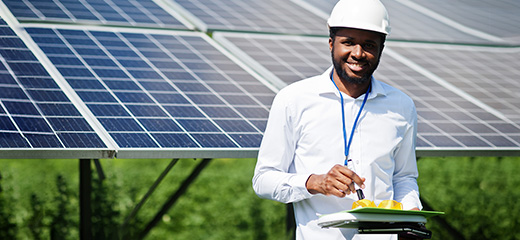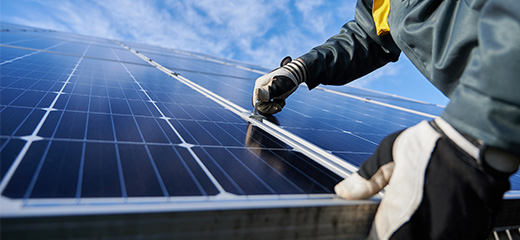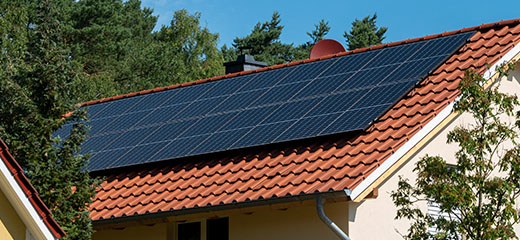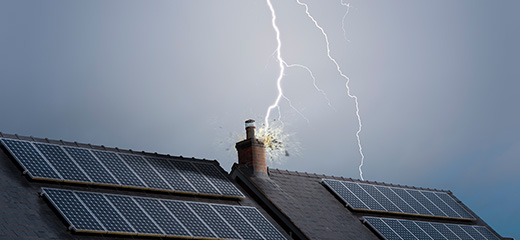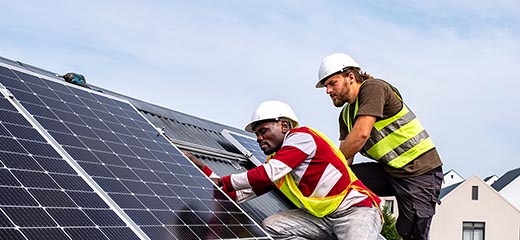
Why solar panel and battery prices are dropping
The cost of home solar systems has declined noticeably since the beginning of the year, leaving many households questioning whether lower battery and solar panel prices are due to lower quality components.
While the import of cheap and sometimes problematic solar components remains a concern in the industry, the good news is that the prices of top-quality solar panels and lithium-ion solar-ready batteries in South Africa are indeed dropping.
To help you understand the shifts in the solar market, we look at what is behind this downward trend and how long the lower prices are expected to last.
International supply conditions
As South Africa has little in the way of local solar manufacturing plants, most of the solar components we use are imported. This means that local system prices are subjected to international market conditions and currency fluctuations.
This has turned out to be an advantage for South Africa, however, as a global manufacturing boom, coupled with drops in the prices of raw materials and global freight costs, has resulted in a market where solar panels and batteries are more affordable than ever before.
Solar inverter prices, on the other hand, have been slower to decline due to a global shortage in semi-conductor chips.
Also worth noting is South Africa’s strong trading relationship with China, which is the world’s leading manufacturer of solar components. During the 2023 BRICS summit the 2 countries signed a memorandum of understanding that will “facilitate investment and technical cooperation in the green economy, including local production of components, processing of critical raw minerals, new energy vehicle manufacturing, green hydrogen, and more”.
Local demand dynamics
Of course, local market dynamics also have a large impact on solar system prices.
Worsening levels of loadshedding at the beginning of the year led to skyrocketing demand for solar systems with not enough components available in the market. As a result, prices escalated as many customers were prepared to pay more to get their installations immediately, rather than waiting a few months for the next available imports. At this time installers were under pressure to ship in enough components to meet what was expected to be high demand due to extended stage 6 loadshedding.
Despite warnings from Electricity Minister Dr Kgosientsho Ramokgopa of a difficult winter, South Africa managed to avoid sustained stage 6 loadshedding during the colder months.
“This has led to a drop in demand for solar installations,” says Marc du Plessis, Executive Head of LookSee. “However, many installers are sitting with large amounts of stock that were ordered earlier in the year to meet that higher demand. This has led to an additional lowering of prices. When this additional stock is cleared, we might see prices increasing again, but I expect it to be marginal unless loadshedding – and demand for solar – soars again.”
While households may be tempted to wait for prices to fall even further, du Plessis notes that government has introduced a home solar tax incentive that comes to an end on 29 February 2024.
“This means that individuals can claim a rebate of 25% on the cost of qualifying solar panels, up to a maximum of R15 000,” he points out. “Coupled with low component prices and emerging financing offerings, a home solar installation couldn’t be more affordable.”
LookSee offers a full solar journey with valuable insights, access to vetted service providers and financing options too.


